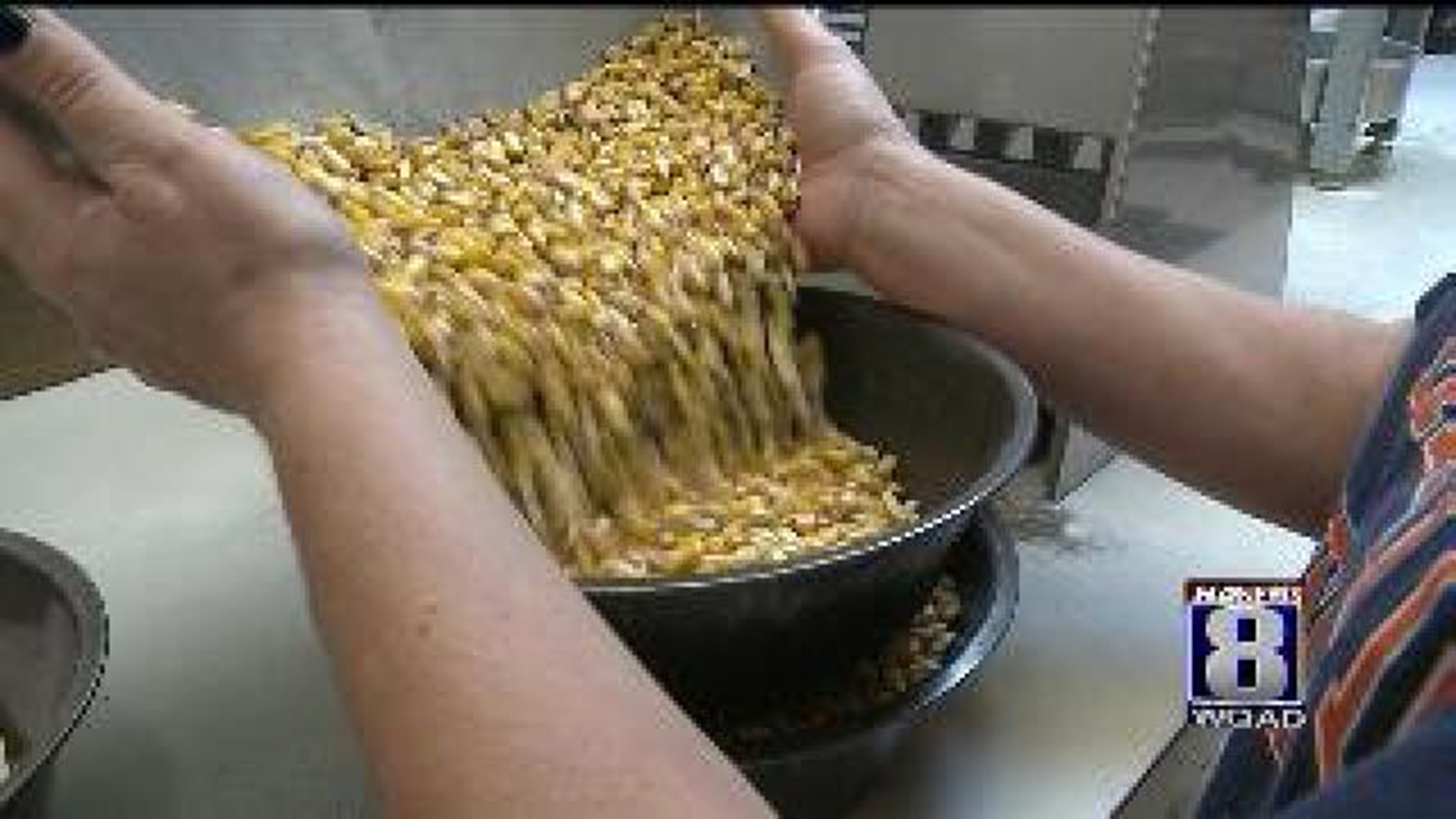It’s been a rough year for area farmers, but now many are wondering if their corn crops that have been stunted by drought, will fall victim to aflatoxin.
A dangerous mold that thrives in ears of corn during hot dry summers.
"It's a highly carcinogenic toxin," says Dave Slater of Eastern Iowa Grain Inspection.
One in your system aflatoxin wreaks havoc on your liver, and can even cause cancer.
The USDA has declared that all corn sold in the US must have less than 20 parts per billion.
"It's not something we see every year and between a dry summer this year, and very little snow fall this winter and such a dry summer we've seen it more this year," says Linsey Moffit-Tobin.
Samples of corn are tested from all over the Midwest.
"We try to grind at least three to ten pounds, as much as we can get because aflatoxin can be so sporadic in the field," says Tobin.
In years past aflatoxin has been practically non-existent, but because of this summer’s dry conditions, and it’s highly carcinogenic nature, aflatoxin is now one of the ag industry’s biggest concerns.
"With a toxin as carcinogenic as aflatoxin it's up there in the top five," explains Slater.
"We've probably had about 20 percent of our samples have been over 20 parts per billion," says Tobin.
If a farmer’s tests positive with too much aflatoxin they’ll be turned away from the co-op or grain elevator.
The corn can’t even be sold to ethanol plants, leaving growers with nothing but a poisoned crop that can’t be sold anywhere.
"Not only were your yields down, but you’re probably experiencing light test weights, but also if you've got a situation where you've got the aflatoxin well that completely removes it," says Slater.
In most cases corn crops affected by aflatoxin are covered under crop insurance, though they need to be tested for the mold before they’re harvested.

